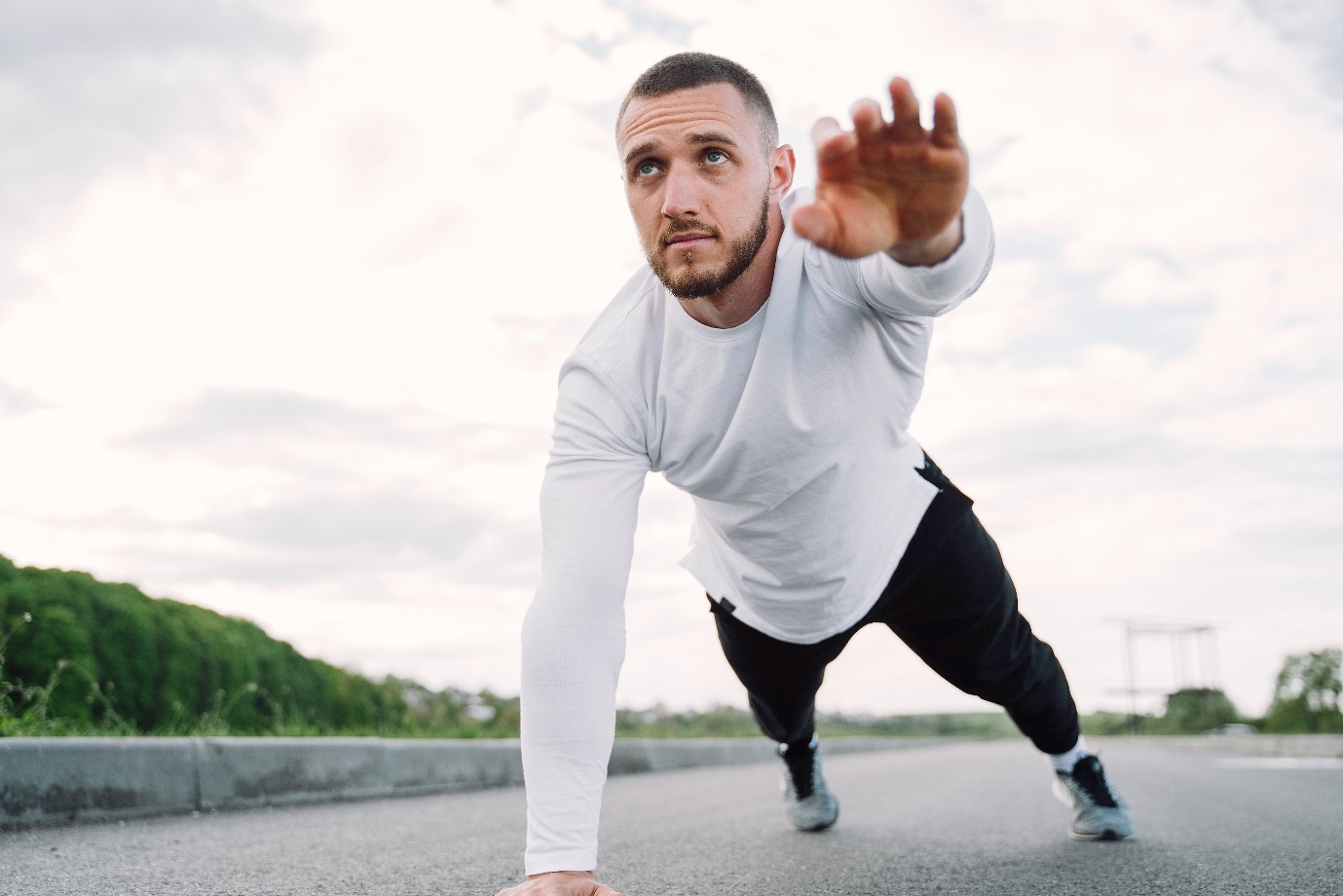From putting shoes on in the morning to competing in a sporting event at an elite level, the core has an important role in how the body moves and functions. A strong, well-coordinated core helps create a strong base for the arms and legs to move. Core dysfunction can therefore lead to issues or injuries in different parts of the body, from the spine to the feet.
But the core doesn’t just mean the abdominal muscles – there is much more to it.
Keep reading to learn more about core strengthening.
What Is “The Core”?
The core has a wide range of uses across the media and health industry. It can sometimes be misrepresented or oversimplified, as there are many different definitions. “The core” is really an umbrella term for a group of muscles, and it’s about how they all function together to control dynamic body movements. It is a complex network that provides the foundation for all movement.
This includes:
- Deep abdominal muscles (rectus abdominis, internal and external obliques, transverse abdominis)
- Spinal muscles (erector spinae, multifidus, quadratus lumborum)
- The pelvic floor
- The diaphragm
Importantly, the core isn’t an isolated muscle. It’s about how the four main muscle groups connect and function together that matters, and how they relate to other global muscle groups, such as the hips or glutes.
Core Strengthening
Core strength is more than just being able to do a sit-up. It is about foundational strength, and optimal control during positioning and various body movements. Core strengthening helps to train the muscle chain that connects the spine, pelvic, legs, and trunk, and is important during activities like running, walking, and sports.
Training The Core With A Sports Physio
Exercise therapy is an integral part of healthy movement and function. A sports physio is a great starting point to improve core strength. A sports physio can prescribe the appropriate exercises for the right point in the rehabilitation. Common exercises from a sports physio may include:
- Pelvic tilting
- Bridges
- Four-point kneeling
- Prone exercises
- Multi-joint exercises
- Global exercises, such as squats
- Pilates informed exercises
- and more
A sports physio will progress each exercise, depending on the experience, injury, and functional level of the individual. This can include increasing the hold time of the exercise, performing the exercises in functional positions, or increasing the load of the exercise. A large part of core strengthening involves education about the appropriate technique, visual imagery, and the expectations of the movements.
The Benefits Of Core Strengthening
The benefits of core strengthening can include:
- Retraining the local muscular system
- Strengthening the global muscular system
- Improving synergy between the local and global muscle systems
- Developing positive body awareness
- Postural re-education
- Preventing pain and injuries
- Building confidence and the perception of safe movement
Get Strong With Evoker
Our sports physios At Evoker have advanced training in rehabilitation and Pilates informed exercises. For all types of people and all types of bodies, we can help! Get in touch.
Always consult a health professional before starting any type of exercise program.
